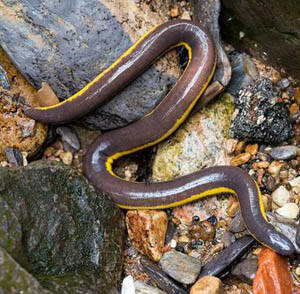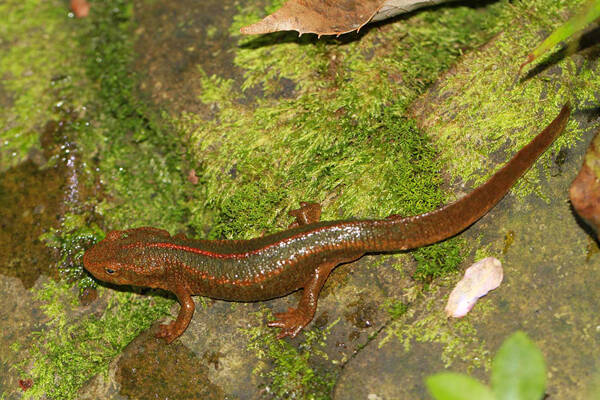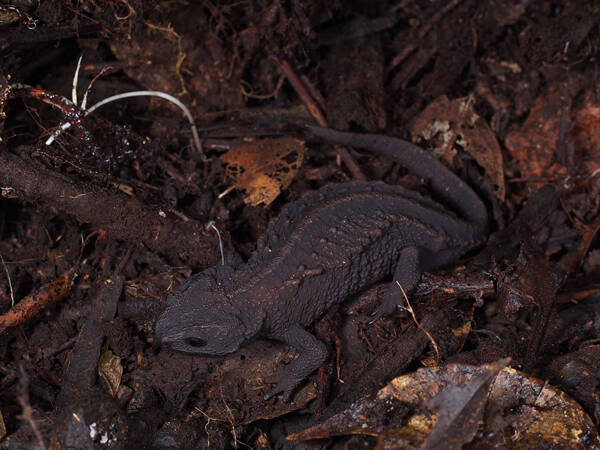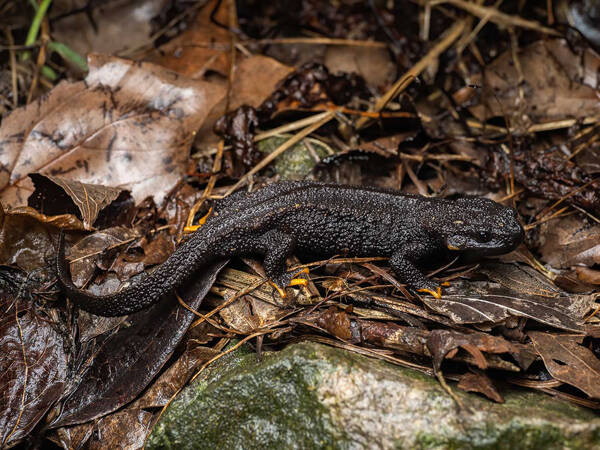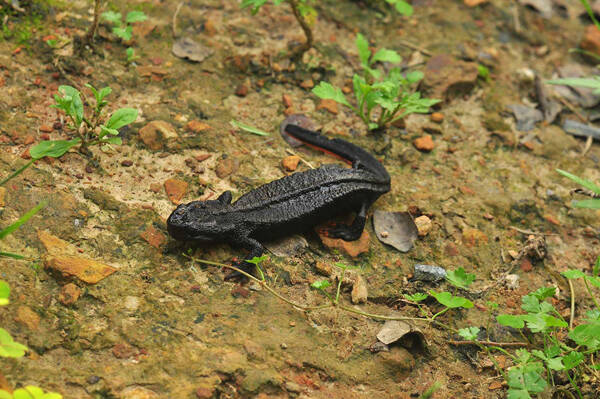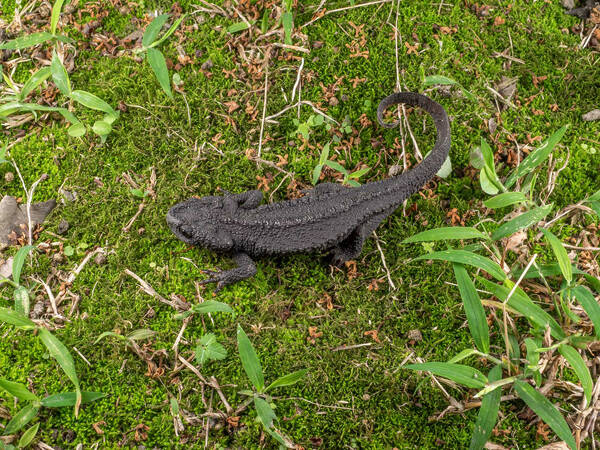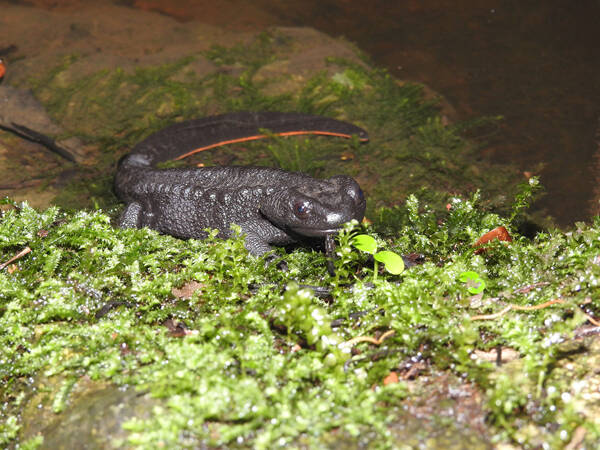Paramesotriton fuzhongensis
IUCN
LCBasic Information
Scientific classification
- name:Paramesotriton fuzhongensis
- Scientific Name:Paramesotriton fuzhongensis
- Outline:Urodela
- Family:Caudata Salamandridae Salamander
Vital signs
- length:133-166mm
- Weight:
- lifetime:
Feature
Obese
Distribution and Habitat
Endemic to China, distributed in Hunan (Dao County, Jiangyong), Guangxi (Fuchuan, Guposhan, Zhongshan County, Babu District, Hezhou City).
Lives in streams in broad-leaved forests and mountainous areas at an altitude of 400-500m. Adults live in places with gentle water flow, often under rocks at the bottom of streams, and sometimes move on the shore.
Appearance
The head is flat, longer than wide; the nostrils are located outside the snout; there are glandular ridges on the sides of the head; the entire back is covered with dense warts, with obvious ridges in the middle of the back; the granules on both sides of the back of the body are large, arranged in longitudinal rows and extending to the front half of the tail; there are granular warts on the throat, and the ventral surface of the body is smooth. The back is olive brown or brown, and the ventral surface is black with irregular orange-red spots.
Details
Habitat: This newt lives in streams in broad-leaved forest mountain areas at an altitude of 400-500 meters.
Habits: Adult newts mostly live in places with gentle water flow, often under rocks in the stream, and sometimes on the shore. This newt lives in the Xilin Mountain in Fuchuan County, Guangxi, and lives in the same area as the tail-spotted newt.
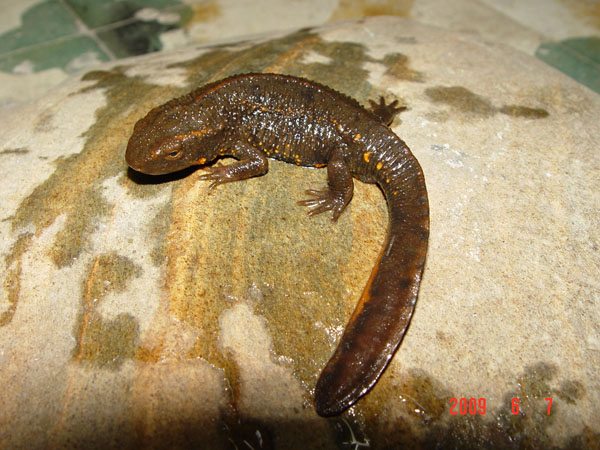
The tongue and teeth are slightly more developed than those of the Guangxi newt, the digestive tract of the female is much longer than that of the male, and the length difference between the two lungs of an individual is greater than that of the latter.
Endemic to China. Extremely similar to the Chinese newt, only three distribution points of this species have been found so far, and the population is relatively small. Threatened level: Vulnerable VU.


